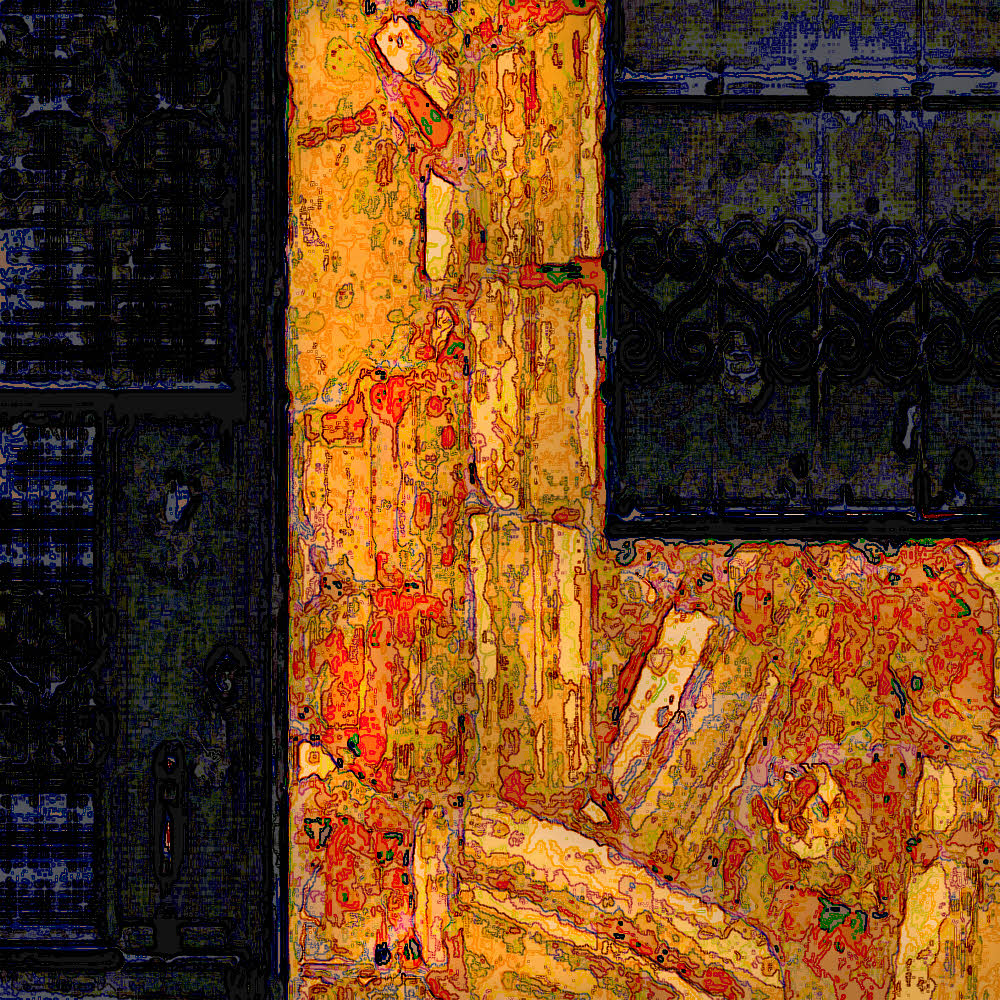Polish my bricks.
There isn't much of it, but it's here, randomly, along Gran Colombia, a major east-west street not far from where I'm staying. Marble.
It goes on for blocks, on one side of the street or the other, in small paving stones roughly eight inches (20 cm) on a side. These are spaced loosely, each block surrounded by a generous application of mortar, or maybe ordinary concrete, and set into it at drunken angles.
Most public walkways here are randomly dumped clods of concrete that has hardened into whatever shape it had when it left the truck, or the mixer, or the wheelbarrow, except that it ordinarily also shows paw prints, or footprints, or bicycle tracks, or has a few random items embedded in it.
And what isn't concrete hardened into facsimiles of breaking waves, is large squares of tile that look nice but turn into death traps when they become wet. The closest thing possible to wet ice, if you've walked on that. If it's a level area, you have to skate along, keeping your feet in contact with the tiles or you crash, and if the area is inclined, and steep at all, you can't walk, period. It truly is that slippery.
It's a surprise to come across marble paving stones then, since they occur only in one area of Cuenca, and seem to have no kinship with the surrounding architecture, and as far as I can tell, there is no significance to the area — it's only another random part of the city.
But what do I know?
I'm constantly finding that places I've walked past a hundred times, or two hundred, have little secrets I've never noticed, or big secrets I've never noticed. And I'm only a fleeting shadow of a visitor here. I'll never know half the stories behind a quarter of the places in an eighth of the city during a sixteenth of its history.
So it's better not to fret over anything. I'll just enjoy the special pavement when I walk over it, and the random marble building facades, some of which share the same general location as the paving stones.
